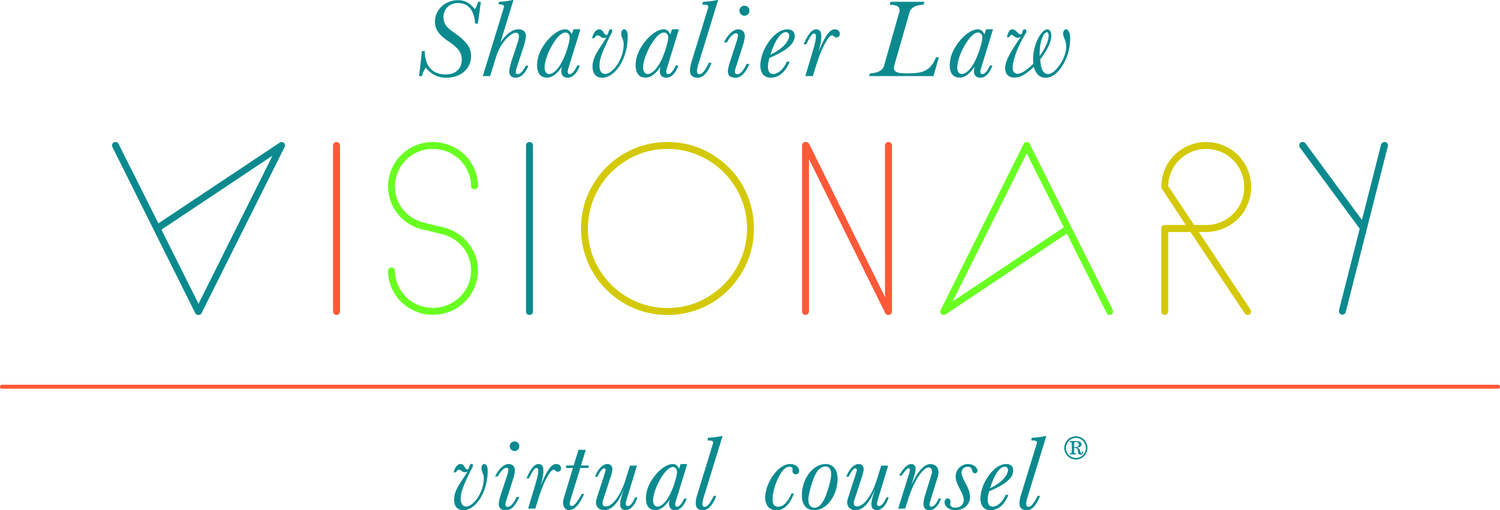1. Sole Proprietorship
What it is: An unincorporated venture with no distinction between you as an individual and the business.
Potential benefits: There’s a reason this is the most common structure for new businesses… it’s the default. If you do absolutely nothing to set up a business structure, and you have no business partners in your venture, you are conducting business as a sole proprietorship.
It’s also the simplest for tax purposes. Taxes are filed as part of your individual income taxes only.
Potential drawbacks: While you are entitled to all profits, you’re also responsible for all debts and losses personally. That means you would be held personally liable if someone sued your company. For this reason, I almost always advise against conducting business as a sole proprietorship. Sole Proprietorships are also five to seven times more likely to be audited by the IRS than the other business entities described in this article.
Note: Operating as a Sole Proprietorship does not absolve you of your responsibility for obtaining appropriate permits and licenses necessary to operate in your particular industry or location.
2. Partnership
What it is: Two or more partners share ownership of the company and each partner contributes to various aspects of the business, including financially. In return, each partner shares in the profits and losses of the business and each is personally liable for the debts and obligations of the business.
Potential benefits: Similar to sole proprietorships, they are easy and inexpensive to form. If you are conducting a business with partners without having established a formal entity, you are, by default, operating a partnership.
Potential drawbacks: Like sole proprietorships, partners share personal legal responsibility of the debts and obligations of the business, including decisions made by other partners. Personal assets may be seized to pay the business’ debts when necessary.
For this reason, I almost always advise against conducting business as a partnership.
3. Limited Liability Company
What it is: An LLC (a hybrid of a sole proprietorship/partnership and a corporation) provides limited liability for owners like a corporation and the tax efficiencies and operational flexibility of a sole proprietorship/partnership.
Potential benefits: Unlike the double taxation of a corporation, LLCs are not taxed as separate business entities. Instead, all profits and losses “flow through” and are the responsibility of each “member” (aka. owner) of the LLC. The business itself is not taxed.
Again, members are protected from personal legal liability for the debts and obligations of the company.
Potential drawbacks: Members of an LLC are considered self-employed and must pay the self-employment tax contributions towards Medicare and Social Security.
Also, there are limits on who can receive distributions and ownership interests which are often unattractive to potential investors.
4. Corporation
What it is: Sometimes referred to as a C corporation, a corporation is an independent legal entity owned by shareholders.
Potential benefits: Corporations are resistant to personal legal liability like several other structures, but they also can generate capital through the sale of stock.
Shareholders (owners) of a corporation only pay taxes on corporate profits paid to them in the form of salaries, bonuses, and dividends, while any additional profits are awarded a corporate tax rate, which is usually lower than a personal income tax rate.
Potential drawbacks: Corporations are costly and time-consuming entities to maintain, requiring extra recordkeeping and paperwork as well as start-up, operating and tax costs that most other structures do not require. Further, corporations are actually taxed twice (once to the corporation and again to the shareholders).
5. S Corporation
What it is: Also known as an S Corp, this is not in fact a business entity at all! S corps are a tax election that avoids double taxation that is generally the case with corporations (once to the corporation and again to the shareholders). The C Corp or LLC may be an underlying entity of the S Corp tax election.
Potential benefits: The most substantial benefit is tax savings. What makes the S Corp different from a C Corp is that the business itself is not taxed; profits and losses pass through to the shareholders’ (owners’) personal tax returns. Unlike an LLC, S Corps often provide savings in self-employment taxes.
Potential drawbacks: S Corps must adhere to the same corporate formalities and maintenance of a C Corporation. Failure to do so may result in back-taxes if the entity were to be audited at a future date.
Also, any shareholder who works for the company must take only "reasonable compensation" (as determined by the IRS) in order to avoid double taxation.
Because there can be significant implications in terms of profits, tax liability, and legal liability, you want to be sure you make the right decision for your business. You can always contact me here with questions.





